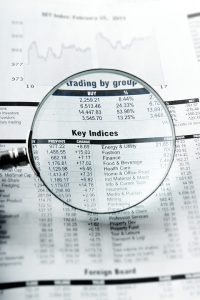The Australian bond market is a vital component of the country’s financial system, providing a platform for both investors and issuers to engage in debt financing. With a long history of stability and resilience, the Australian bond market offers a wide range of investment opportunities for individuals and institutions looking to diversify their portfolios.
Overview of the Australian Bond Market:
The Australian bond market is divided into two primary segments: the government bond market and the corporate bond market. Government bonds, also known as sovereign bonds, are issued by the Australian government to finance its budget deficits or fund infrastructure projects. These bonds are considered low-risk investments as they are backed by the full faith and credit of the government.
On the other hand, corporate bonds are issued by companies to raise capital for expansion, acquisitions, or refinancing existing debt. Corporate bonds typically offer higher yields than government bonds to compensate for the increased risk associated with investing in companies. Additionally, there is a growing market for municipal bonds issued by local governments to finance public infrastructure projects.
Key Market Trends:
The Australian bond market has witnessed several key trends in recent years, including a decline in interest rates, increasing demand for socially responsible investments, and a growing focus on environmental, social, and governance (ESG) factors. With the Reserve Bank of Australia (RBA) slashing interest rates to historic lows in response to the COVID-19 pandemic, bond yields have fallen, making fixed-income investments more attractive to investors seeking stable returns.
Investment Opportunities:
Investors in the Australian bond market have a variety of options to choose from, including government bonds, corporate bonds, and municipal bonds. Government bonds, such as Commonwealth Government Securities (CGS), are considered safe-haven assets and are highly liquid, making them an ideal choice for conservative investors. Corporate bonds, on the other hand, offer higher yields but come with greater risk due to the creditworthiness of the issuing company.
Performance Metrics:
When evaluating bond investments, investors often look at key performance metrics such as yield, duration, and credit rating. Yield is the return generated by a bond and is calculated as a percentage of the bond’s face value. Duration measures the sensitivity of a bond’s price to changes in interest rates, with longer-duration bonds being more sensitive to rate movements. Credit ratings assigned by credit rating agencies such as Standard & Poor’s, Moody’s, and Fitch provide an indication of the issuer’s creditworthiness.
Market Analysis and Strategies:
To navigate the Australian bond market successfully, investors should conduct thorough market analysis to identify investment opportunities and risks. Strategies for investing in bonds include creating a diversified portfolio, conducting thorough due diligence on issuers, and staying informed about macroeconomic trends. Additionally, investors can use bond funds and exchange-traded funds (ETFs) to gain exposure to a broad range of bonds with varying risk profiles.
In conclusion, the Australian bond market offers a diverse range of investment opportunities for investors seeking stable returns and portfolio diversification. With the right knowledge and strategies, investors can tap into the potential of the bond market to build wealth and achieve their financial goals. By staying informed about market trends, performance metrics, and investment strategies, investors can make well-informed decisions that align with their risk tolerance and investment objectives.







